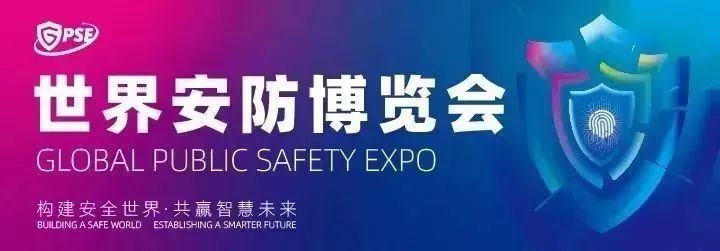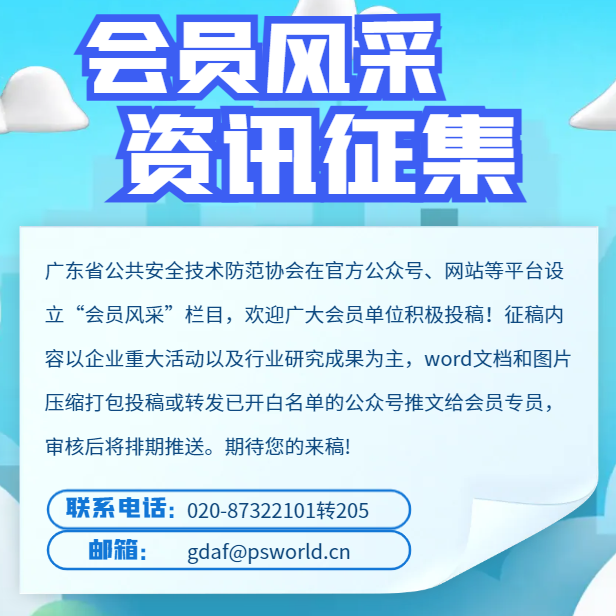

In the rapidly evolving field of technology, the Internet of Things (IoT) and digital twin technology stand out as key innovations. The IoT and its interconnected network of devices, along with digital twins (virtual replicas of physical systems), are fundamentally transforming industries from manufacturing to urban planning.
This article provides a comprehensive exploration of IoT and digital twin technology, detailing their respective features, the benefits of integration, and the challenges faced. It offers insights into current trends and future directions, providing a holistic view of these transformative technologies.
The network of sensors and devices in the IoT captures real-time data from the physical world. This data is crucial for creating digital twins, which are dynamic virtual models of physical objects or systems. By integrating IoT data, digital twins can simulate real-world conditions, predict outcomes, and optimize processes.
The IoT involves a network of physical objects (“things”) embedded with sensors, software, and other technologies to connect and exchange data with other devices and systems over the Internet. These devices range from ordinary household items to complex industrial tools.
1. Industrial IoT: In industrial environments, IoT devices monitor and optimize manufacturing processes, improve supply chain logistics, and enhance product lifecycle management.
2. Consumer IoT: In the consumer space, IoT includes smart home devices, wearable health monitors, and connected vehicles.
A digital twin is a virtual representation that serves as a real-time digital counterpart of a physical object or process. It is used for simulation, analysis, and control.
1. Applications in Manufacturing: In manufacturing, digital twins are used to create and test prototypes, predict equipment failures, and optimize production lines.
2. Urban Planning and Infrastructure: Digital twins simulate entire cities or infrastructure systems, aiding in urban planning and management.
1. Real-time Data and Analytics: IoT feeds real-time data into digital twins, enabling accurate simulations and analyses. This integration aids in predictive maintenance, reducing downtime in industrial settings.
2. Enhanced Decision-Making: By leveraging IoT data, digital twins can facilitate better decision-making. They provide insights into system performance, potential failures, and maintenance needs.
3. Customization and Innovation: This combination allows for the customization of products and services, driving innovation across various sectors such as healthcare, automotive, and aerospace.
1. Operational Efficiency: This integration improves operational efficiency through real-time monitoring and predictive maintenance.
2. Cost Reduction: It reduces costs by identifying potential issues before they escalate, minimizing downtime.
3. Sustainability: It promotes sustainability by optimizing resource use and reducing waste.
1. Data Security and Privacy: The massive amounts of data generated pose security and privacy risks. Implementing robust cybersecurity measures is crucial.
2. Interoperability and Standardization: Ensuring interoperability among different IoT devices and systems is challenging. Establishing common standards and protocols is key.
3. Complexity and Scalability: Managing complexity and ensuring the scalability of these systems requires ongoing innovation and investment.
1. Advances in Artificial Intelligence and Machine Learning: Integrating AI with IoT and digital twins will enable more advanced predictive analytics and automation.
2. 5G Integration: The rollout of 5G will enhance IoT capabilities, providing faster and more reliable connections for digital twins.
3. Sustainability: There is increasing focus on leveraging IoT and digital twins for sustainability, particularly in smart city projects and environmental monitoring.
The integration of IoT and digital twin technology is a powerful force driving innovation and efficiency across multiple industries. Despite the challenges, the potential benefits are substantial. As these technologies continue to evolve, their comprehensive impact on industry, urban development, and sustainability will be profound, marking a new era of digital transformation and innovation.
Source: Qianjia Network
Forward
Looking
Brilliant
Dynamic
Public Welfare
Industry
“Interim Provisions for the Recognition of Group Standards by Recommended National Standards” Released and Implemented (Attached a Diagram for Understanding)

–END–